The Body Language ……
Our body speaks! Not only through the language, but also through the body language. Even the most elite class sometimes forget the significance of body language in establishing a successful public relation.
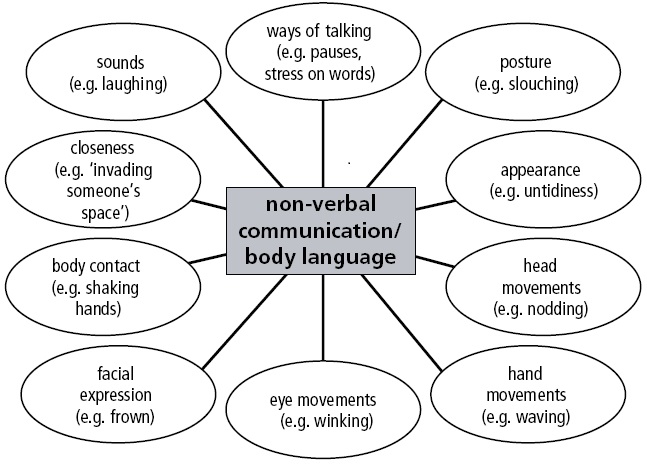
Non-verbal communication involves the transmission of culturally significant information from source to the receiver without the use of words. Whenever we think of human communication, we are usually inclined to think in the terms of language because the verbal component absorbs most of our attention. However, some aspects of spoken messages, particularly emotions and attitudes are better conveyed by non-verbal communication…
Body language or kinesics is the study of body’s physical movement. This is the way; the body communicate without words. This includes touch, gesture, head nod, eye contact, posture, facial expression and body orientation.
Different types of touch like holding, hand shake, hitting or kissing communicates a different message.
Gestures are the movements of arms, legs, torso and head. Special information about the feelings can be conveyed by gestures. For example- rubbing the stomach with open hands convey favorable response to food, or clenching of feet displays aggression.
Head nods are special kinds of gestures that synchronize the speech when two or more people are talking. Head nods also provide feedback to the source, so that the speaker can understand, whether the message is being understood or not, and if understood, up to what extent.
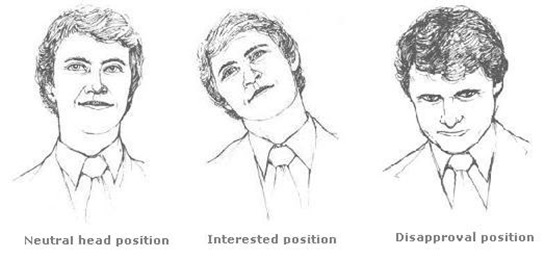
Also Read: JOB INTERVIEW ? Don’t worry !!!
Eye contact occurs when the two interactants look briefly at each other in the region of their eyes. Looking is a process when one person looks at the other irrespective of the fact that the other person is looking back or not. Staring is deliberate prolonged looking and intended to cause discomfort to other person. Eye contacts which are brief, convey liking and pleasantness and always display positive feeling, but staring conveys dislike and put the person being stared in an uncomfortable position. Therefore, this must be avoided. If eye contacts are mutual, this indicates intimacy and closeness.
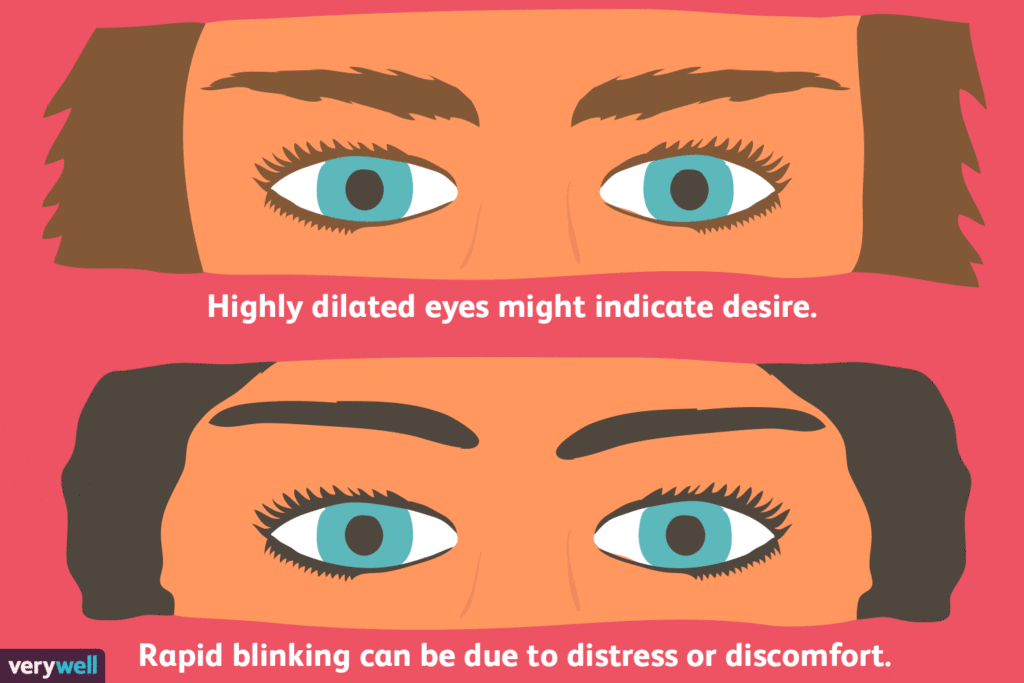
Postures don’t convey specific information but they do tell, how tense or how relax a person is. High status and dominance is indicated by relaxing and leaning back and low status is demonstrated by physical rigidity i.e. arms drawn in and feet together and sitting straight. Likewise, when you lean forward, you acknowledge the high status of other persons and also convey to him your respect.
Facial expressions convey to us and others, the feelings of surprise, anger, fear, sadness and happiness. Face is the mirror of our emotions. The facial features to which we look the most for the meaning are the eyes with eye brows, upper and lower eyelids and the size of pupil. Eye brows with upper and lower eye lids raised combined with dilated pupil is known as wide eye effect and this tells that the person is excited, surprised or frightened. In contrast, opposite effect with upper and lower eye lids closed combined with constricted pupils is called beady eye effect and tells that the person is angry or is in intense pain. Facial expressions also communicate the feeling of like or dislike.

Body orientation varies with social context and demands of situation. People in competitive situation prefer to sit opposite to each other while those in cooperative situation prefer to sit side by side.
Also Read: Boost Self Confidence !
Proxemics is the study of how people communicate with each other by deciding their mutual distance. Intimate zone is up to 18 inches, personal zone lies between 18 inches up to 4 feet, social zone zone between 4 to 12 feet and the public zone between 12 to 18 feet. Any violation of this spatial configuration is likely to cause discomfort or transmission of wrong message to the receiver.
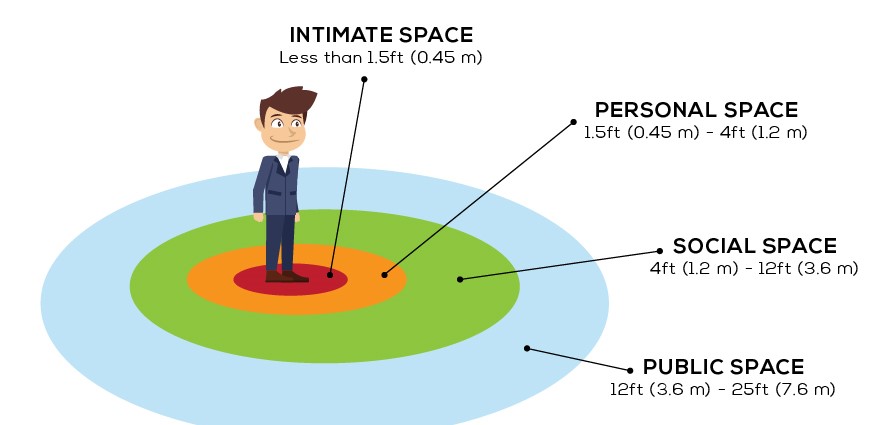
Paralanguage is the non verbal aspect of speech such as the pitch, tone, ascent, pause and also the speech errors. When the speaker speaks very fast, this indicates his nervousness. Ascent convey information about geographical origin and social class of the source.
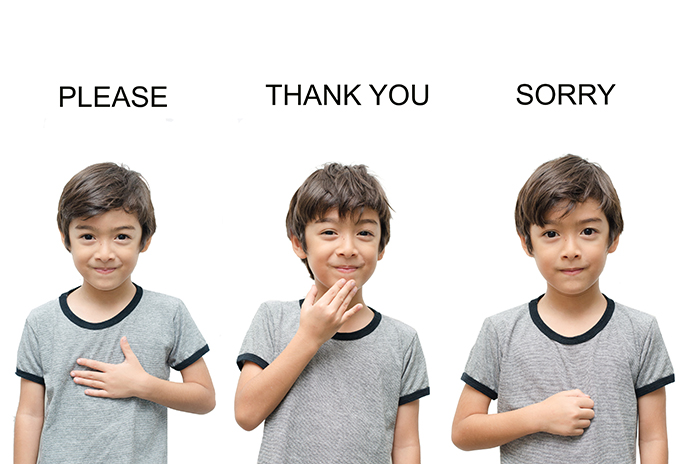
Body language is very important for the success of a person in social settings. Any social relation has its base in effective communication. Body language determines this effective communication and makes the source popular or unpopular in society. The equal importance of body language exists in interview settings.
Understand your body language,
Don’t become the prey of miscommunication!
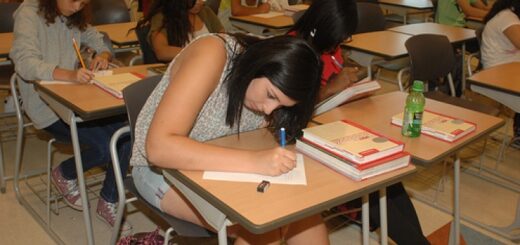
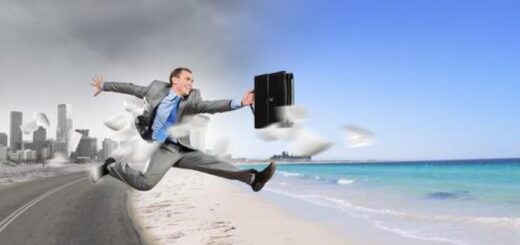
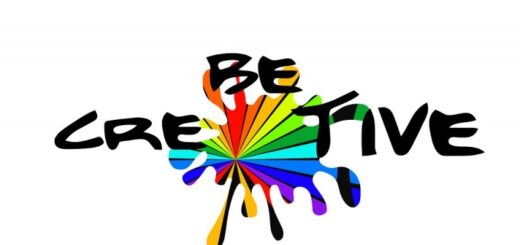
Recent Comments